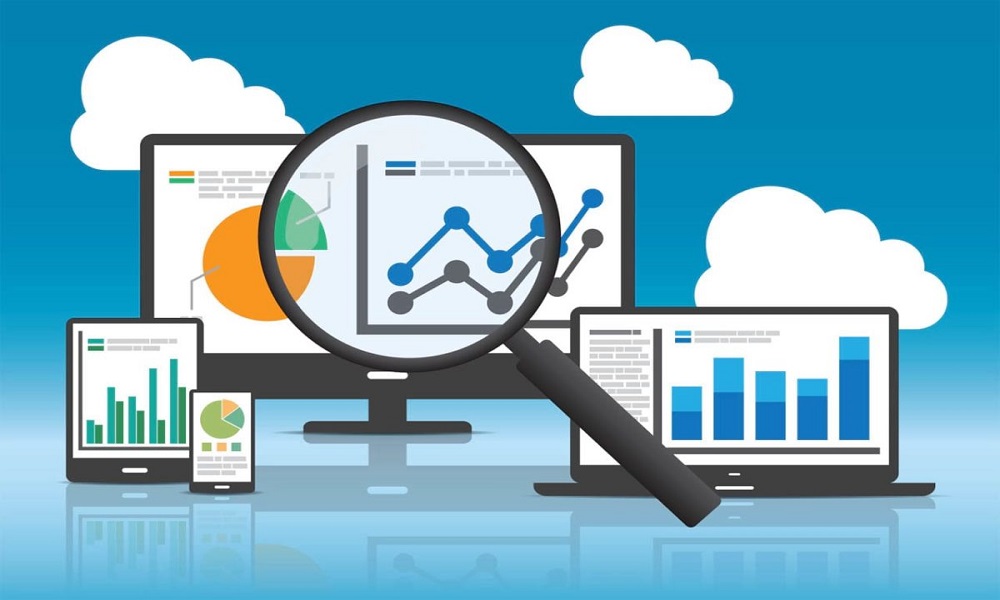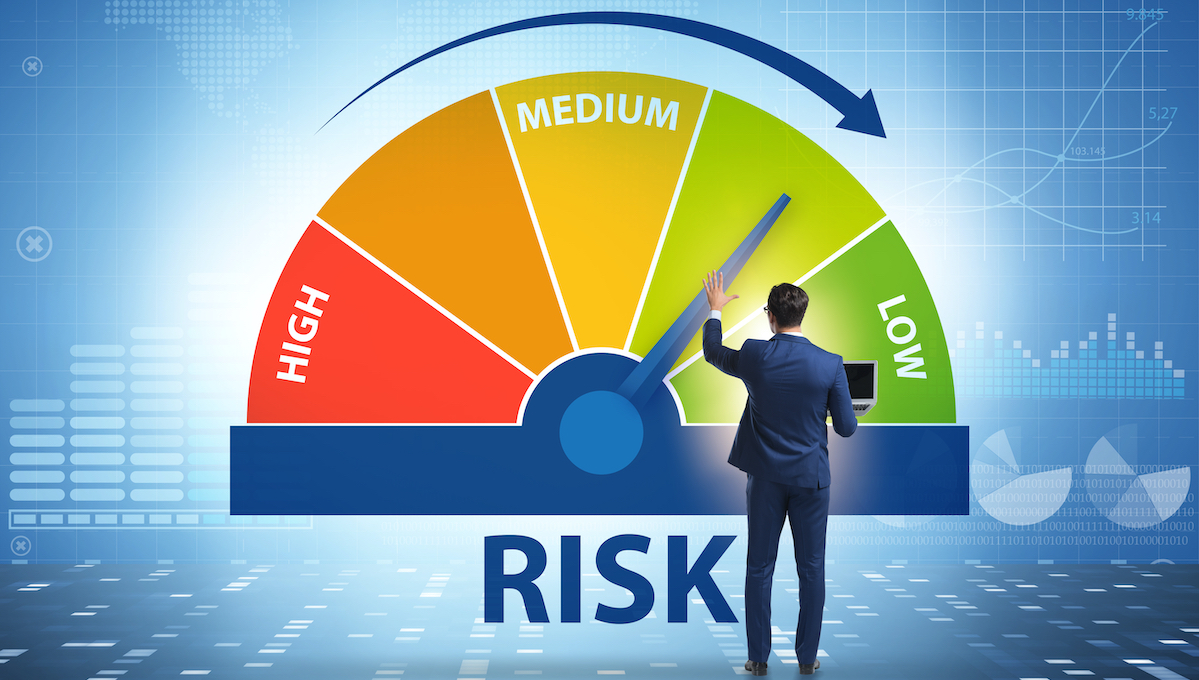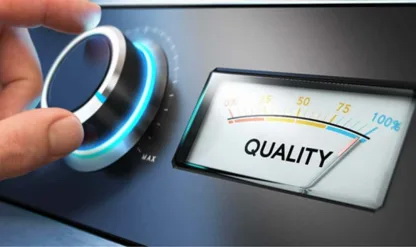In recent years, choosing the right supplier in the supply chain has become an important strategic issue. Therefore, the nature of these decisions is usually complex and unstructured. On the other hand, the process of choosing the right supplier who is able to provide the buyer’s needs in terms of quality products at the right price and at the right time and in the right volume is one of the most essential activities to create a right supply chain. In this paper, a fuzzy multi-criteria decision-making technique is proposed for choosing the right supplier in a group decision-making environment. According to the proposed criteria that include product quality, delivery time, purchase cost, technological ability and financial ability. A numerical example for supplier selection is given, which shows the application of the fuzzy TOPSIS method. Finally, suitable topics for future research are suggested. Undoubtedly, companies and organizations that can create value for their main and key stakeholders with the highest efficiency, according to their wishes and opinions, are the winners of today’s global competition in the field of business. Organizations that can supply their products and services to different markets with high quality, low price and on time according to their customers’ requests and tastes. Eliminating waste and optimal use of resources has always been one of the basic goals considered in every organization, which is specially focused and implemented in the concept of lean organization. Lean vision can be considered as the management philosophy and new leadership of the organization in order to eliminate waste and implement continuous improvement and value creation for key stakeholders, which uses various tools and techniques in this direction. Today, the benefits and advantages of using the lean approach have been identified for many leaders and managers of economic enterprises, and as a lean management paradigm in manufacturing and non-manufacturing organizations, it is the basis for the forward movement of enterprises. The idea of lean production, which started from the production department, quickly reached the level of the organization due to the advantages, benefits, and improvements that came from it, and penetrated the boundaries of the organization and included suppliers, contractors, partners, and customers, and laid the foundation for the formation Taking value chains inside and outside organizations. The transformation of the supply chain into a lean supply chain begins with identifying the current situation and determining the distance from the desired situation. A purpose that is made possible by using models and evaluation tools of the lean supply chain. This article introduces the SEA model in this regard. The idea of lean production, which started from the production department, quickly reached the level of the organization due to the advantages, benefits, and improvements that came from it, and penetrated the boundaries of the organization and included suppliers, contractors, partners, and customers, and laid the foundation for the formation Taking value chains inside and outside organizations. The transformation of the supply chain into a lean supply chain begins with identifying the current situation and determining the distance from the desired situation. A purpose that is made possible by using models and evaluation tools of the lean supply chain. This article introduces the SEA model in this regard. The idea of lean production, which started from the production department, quickly reached the level of the organization due to the advantages, benefits, and improvements that came from it, and penetrated the boundaries of the organization and included suppliers, contractors, partners, and customers, and laid the foundation for the formation Taking value chains inside and outside organizations. The transformation of the supply chain into a lean supply chain begins with identifying the current situation and determining the distance from the desired situation. A purpose that is made possible by using models and evaluation tools of the lean supply chain. This article introduces the SEA model in this regard. The transformation of the supply chain into a lean supply chain begins with identifying the current situation and determining the distance from the desired situation. A purpose that is made possible by using models and evaluation tools of the lean supply chain. This article introduces the SEA model in this regard. The transformation of the supply chain into a lean supply chain begins with identifying the current situation and determining the distance from the desired situation. A purpose that is made possible by using models and evaluation tools of the lean supply chain. This article introduces the SEA model in this regard.
LAI’s definition of lean manufacturing is: “A business system for organizing and managing product development, operations, suppliers, and customer relationships that requires less human effort, less space, less capital, and less time to produce products with There is less waste in accordance with the needs and demands of the customer compared to the production system of the previous era, i.e. mass production.
1- Introduction
Recently, supply chain management has received special attention both in academic centers and in industry. The main purpose of supply chain management is to reduce supply chain risk, reduce production costs, increase revenue, improve customer service, optimize inventory levels, business processes and cycle time, and as a result, increase competitiveness, customer satisfaction, and profitability. In most industries, the cost of raw materials and components of the product includes a major part of the price of the product. In such a situation, the procurement department can play a key role in the efficiency and effectiveness of the organization and have a direct effect on reducing costs, profitability. and have the flexibility of a company.
So it is quite obvious that deciding on supplier selection plays a significant role in the production and logistics management of companies, and many experienced companies believe that supplier selection is the most important activity of an organization. As a result, incorrect decisions in the field of supplier selection will result in negative consequences and many losses for the company. A lot of research has been done on the process of selecting suppliers, each of which has paid attention to this issue in a special way. In the following, we will review the research literature.
Fatiye Amre Boran and others use the TOPSIS technique to select suppliers in a group decision-making situation in an automobile company. Qudsipour and Ebrayan presented a decision support system in order to reduce the number of suppliers. They used the process of hierarchical analysis and planning. Mixed integers have been used in decision support. Lin and his colleagues used a model for supplier selection, with the electronics industry as their case study. In this integrated model, they used techniques to calculate the weight and ranking of suppliers, and effectively scale the order volume to Each seller allocates. Bassett and Ling investigated the issue of supplier selection in terms of order volume for inventories. In this research, the demand for goods is known in planning facilities and each of the goods can be selected from a set of supplies. Purchased by approved suppliers. Irajpour and others identify and evaluate the most effective indicators in green supplier selection using the method. In this article, a model for selecting and evaluating suppliers with a multi-criteria approach and thirteen factors, especially the index of environmentally friendly suppliers, is presented, among which the most effective ones were determined after weighting with the method. Suitability is an essential step in supply chain design. Usually, this problem includes several criteria and it is difficult to find an optimal solution for it. The usual techniques in this field deal with quantitative criteria, while there are many qualitative criteria in the supply chain, so a technique is needed. It includes both quantitative and qualitative criteria. In this article, a model for selecting and evaluating suppliers with a multi-criteria approach and thirteen factors, especially the index of environmentally friendly suppliers, is presented, among which the most effective ones were determined after weighting with the method. Suitability is an essential step in supply chain design. Usually, this problem includes several criteria and it is difficult to find an optimal solution for it. The usual techniques in this field deal with quantitative criteria, while there are many qualitative criteria in the supply chain, so a technique is needed. It includes both quantitative and qualitative criteria. In this article, a model for selecting and evaluating suppliers with a multi-criteria approach and thirteen factors, especially the index of environmentally friendly suppliers, is presented, among which the most effective ones were determined after weighting with the method. Suitability is an essential step in supply chain design. Usually, this problem includes several criteria and it is difficult to find an optimal solution for it. The usual techniques in this field deal with quantitative criteria, while there are many qualitative criteria in the supply chain, so a technique is needed. It includes both quantitative and qualitative criteria.
2- The use of fuzzy TOPSIS technique in the evaluation and selection of suppliers,
before the weighting and ranking method is reviewed, an explanation should be given about the fuzzy numbers used. In this article, verbal expressions are used instead of definite numbers to determine the index weight. as well as the ranking of the options have been used. The following table presents verbal expressions to describe the importance of the criteria relative to each other.
Introduction of the SEA model The
SEA model has been developed with the aim of evaluating the level of purity of the supply chain and improving the level of effective cooperation in the defense and air and space industries. SEA lean organization system provides a common language in supply chain companies. This lean organization model is used to evaluate small and medium-sized suppliers of defense and aerospace manufacturing companies.
Who are the nominees for the SEA Awards:
– Tier 1 suppliers providing services/products to the defense and aerospace industries.
– People who achieved significant success in the field of defense and air and space industries.
– Companies or individuals who do not need to be members of the SEA Supplier Excellence Agreement.
The SEA model was developed with the aim of evaluating the level of leanness of supplier companies in the defense and air and space industries and provides a way for extensive and integrated improvement with the idea of leanness of the organization and its supply chain. In 2003, the senior managers of the purchase and supply area of some large companies founded the SEA non-profit organization in California, and the lean SEA organization system was introduced and developed by this organization. The SEA Institute has designed the mentioned model with the aim of promoting and contributing to overall competitiveness in the supply chain of the military, defense and space industries using lean concepts. SEA is a self-assessment framework and model and provides a mechanism for extensive management of process improvement in the organization. The common language in SEA is process maturity, and the goal of this model is for all suppliers to reach the highest possible level of maturity in their processes.
3- Conclusion and summary
Currently, due to the increase in competition in the service and production fields, many companies are trying to offer their products at a lower price and better quality to people, in order to find a suitable strategy for choosing the best supplier as It is an important and main tool in this chain. This research describes a multi-criteria decision-making technique to evaluate and select the best supplier, among the available suppliers, using the fuzzy TOPSIS method. Based on this, verbal expressions are received by purchasing experts, weight is given to each of the criteria, and based on this, the options are ranked and the best option, which is actually the best supplier, is selected. In the future research, it will be tried to use hierarchical and fuzzy hybrid models to select the best supplier, or mathematical programming models can also be used for this purpose.




